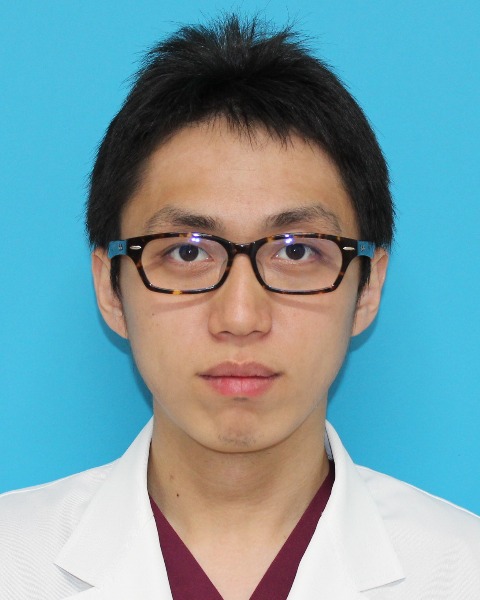Allergy, Immunology, and Rheumatology 2
Session: Allergy, Immunology, and Rheumatology 2
652 - Oral food challenge for reintroduction of allergenic hen’s egg
Friday, April 25, 2025
5:30pm - 7:45pm HST
Publication Number: 652.6032
Yosuke Ichigi, NHO Mie Hospital, Tokyo, Mie, Japan; Shinobu Tanimura, NHO Mie National Hospital, Tokyo, Tokyo, Japan; Mizuho Nagao, NHO Mie National Hospital, Tsu, Mie, Japan; Takao Fujisawa, NHO Mie National Hospital, Tsu, Mie, Japan

Yosuke Ichigi, medical licence (he/him/his)
fellow
NHO Mie Hospital
Soka, Saitama, Japan
Presenting Author(s)
Background: The benefits of OFC extend beyond the diagnosis to the reintroduction of allergenic foods by determining the safe intake dose (SD). To determine the clinical utility of OFC conducted for this latter purpose, a detailed account of OFC and the factors associated with the outcomes were investigated, focusing on the most common hen's egg (HE) allergy.
Objective: This study aims to evaluate the efficacy and safety of oral food challenges (OFCs) during the follow-up of IgE-mediated hen’s egg (HE) allergy in children, in accordance with the Japanese guidelines.
Design/Methods: Data from HE OFC conducted at a single center from Feb 2022 to Jul 2023 were retrieved from the electronic medical record system and retrospectively analyzed. OFC-induced symptoms were graded according to the WAO grading system.
Results: A total of 802 HE OFC datasets were utilized, comprising 507 boys and 295 girls with a median age of 3.7 years. The median egg white (EW)-specific IgE (sIgE) was 9.44 kUa/L (IQR: 3.6-22.4). The overall positive rate was 12.2%, with grade 1 severity at 3.6% and grade 2 at 8.6%. No grade 3, 4 or 5 symptoms were observed. The median SD of EW was 7 g (IQR: 0.3-20). Of the 149 patients undergoing complete elimination (CE), 126 (84.6%) passed OFC and achieved a median SD of 1g. Factors associated with a positive OFC were CE, ovomucoid (OM)-sIgE, age, and a history of HE-induced symptoms. The development of grade 1 and 2 symptoms by OFC was found to be associated with CE and OM-sIgE.
Conclusion(s): The HE OFCs to allow SD determination for reintroduction of HE were performed safely with a low rate of positivity and mildly induced symptoms.

